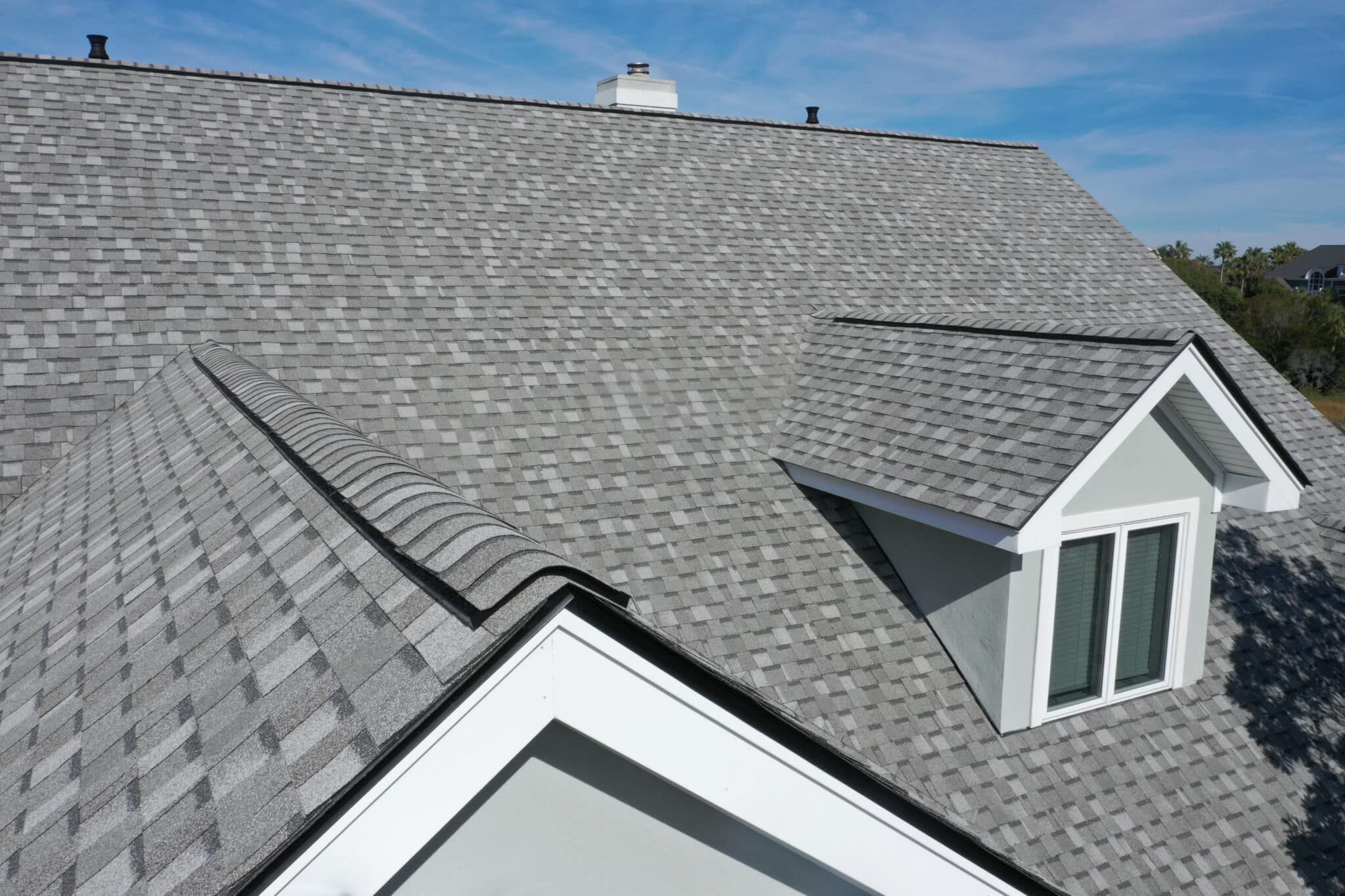When it comes to the roof over your head, selecting the right material is paramount. Your choice not only affects the aesthetics of your home but also its durability, energy efficiency, and maintenance requirements. With a myriad of options available, making this decision can be overwhelming. In this guide, we’ll walk you through the various roofing materials, their pros and cons, and the factors to consider when making your selection.
Introduction to Roofing Materials
Roofing materials come in a wide range of options, each with its own set of characteristics and benefits. Before diving into specifics, let’s understand why choosing the right material is crucial and explore the key factors to consider.
Asphalt Shingles
Asphalt shingles are the most popular roofing material in North America, known for their affordability and versatility. They come in a variety of colors and styles, making them suitable for various architectural designs.
Pros:
- Cost-effective
- Easy to install
- Wide range of colors and styles
Cons:
- Limited lifespan compared to other materials
- Susceptible to damage from severe weather
Metal Roofing
Metal roofing has gained popularity for its durability and longevity. It’s available in different metals such as steel, aluminum, and copper, each offering unique advantages.
Pros:
- Exceptional longevity
- Low maintenance
- Energy-efficient
Cons:
- Higher initial cost
- Susceptible to denting from hail or falling branches
Clay Tiles
Clay tiles impart a classic, Mediterranean look to homes and are prized for their longevity and fire resistance.
Pros:
- Long lifespan of up to 100 years
- Excellent fire resistance
- Low maintenance
Cons:
- Heavy, requiring additional structural support
- Fragile and prone to breakage if walked on
Slate Roofing
Slate roofing is renowned for its elegance and durability, with some roofs lasting over a century.
Pros:
- Unmatched longevity
- Natural beauty
- Fire-resistant
Cons:
- Expensive upfront cost
- Requires specialized installation
Wood Shakes
Wood shakes offer a rustic charm and natural insulation properties, making them a favorite in certain architectural styles.
Pros:
- Natural aesthetic appeal
- Excellent insulation properties
- Environmentally friendly
Cons:
- High maintenance
- Susceptible to rot, mold, and insect damage
Concrete Tiles
Concrete tiles provide durability and versatility, mimicking the appearance of more expensive materials at a lower cost.
Pros:
- Long lifespan
- Low maintenance
- Wide range of styles and colors
Cons:
- Heavy, requiring additional structural support
- Prone to cracking under extreme temperature changes
Synthetic Roofing Materials
Synthetic materials like composite shingles and rubber roofing offer a blend of affordability and durability.
Pros:
- Affordable
- Lightweight
- Resistant to rot and insect damage
Cons:
- Limited lifespan compared to natural materials
- Less visually appealing than traditional options
Environmental Considerations
In today’s environmentally conscious world, sustainability is a crucial factor to consider when choosing roofing materials. Some options, such as metal roofing and clay tiles, are inherently more eco-friendly than others.
Cost Analysis
While upfront cost is an important consideration, it’s essential to evaluate the long-term expenses associated with each roofing material. Factors like maintenance, energy efficiency, and lifespan should all be taken into account.
Maintenance Requirements
Different roofing materials have varying maintenance needs, ranging from periodic inspections to regular cleanings and repairs. Understanding these requirements can help you make an informed decision based on your lifestyle and budget.
Aesthetics and Architectural Style
Your choice of roofing material should complement the architectural style of your home and enhance its curb appeal. Whether you prefer a modern, minimalist look or a rustic, traditional vibe, there’s a roofing material to suit every taste.
Climate Considerations
Climate plays a significant role in determining the most suitable roofing material for your home. Materials that excel in one climate may perform poorly in another, so it’s essential to consider factors like temperature fluctuations, precipitation levels, and wind exposure.
Installation Process
Finally, consider the complexity and duration of the installation process for each roofing material. Some options may require specialized expertise and equipment, leading to higher installation costs and longer lead times.
Conclusion
Choosing the right roofing material for your home is a decision that should not be taken lightly. By considering factors such as durability, cost, maintenance, and aesthetics, you can select a material that meets your needs and enhances the value of your property.
FAQs
- How long do asphalt shingles typically last? Asphalt shingles typically have a lifespan of 15 to 30 years, depending on factors like climate and maintenance.
- Are metal roofs noisy during rainstorms? No, modern metal roofing systems are installed with insulation and underlayment, significantly reducing noise levels during rainfall.
- Do clay tiles fade over time? Clay tiles are known for their color retention and typically do not fade over time, maintaining their vibrant appearance for decades.
- Can wood shakes be treated to improve their longevity? Yes, wood shakes can be treated with preservatives to enhance their resistance to rot, mold, and insect damage.
- Are synthetic roofing materials environmentally friendly? While synthetic materials are often less eco-friendly than natural options, some manufacturers offer recycled and recyclable options to minimize environmental impact.
